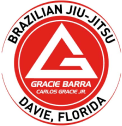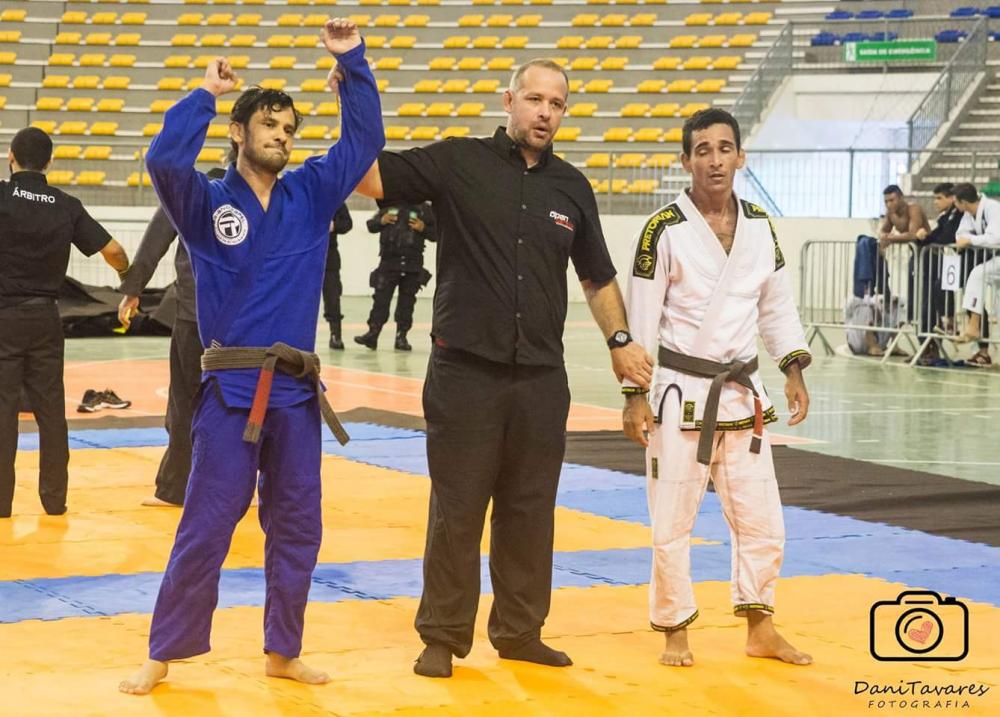Contrary to what many think, for me, the three pillars of Jiu-Jitsu are not attack, defense, and control. These three concepts are involved in our first pillar, which is technique.
Technique: Technique is fundamental in Jiu-Jitsu. With refined technique, you can attack at the right moments, use defense to control your opponent, and attack at the right time. Unlike other martial arts that may rely more on strength or size, Jiu-Jitsu is known for allowing a smaller, weaker person to defeat a larger, stronger opponent by using proper techniques. This includes leverage, angles, pressure, and precise movements.
Another pillar that I consider fundamental is the physical aspect.
Physical Conditioning: Although technique is crucial, physical conditioning is also an important pillar in Jiu-Jitsu. Good physical conditioning helps with endurance, strength, and the ability to execute techniques efficiently during a fight or prolonged training. This involves cardiovascular training, muscle strengthening, and flexibility.
The last pillar, especially because in Jiu-Jitsu we are always working in discomfort, is our mentality.
Mentality: Mentality is a vital aspect of Jiu-Jitsu. This includes the ability to stay calm under pressure, the resilience to keep going even when things get tough, and the humility to continually learn and improve. Discipline, perseverance, and a positive attitude are essential for growth and success in Jiu-Jitsu.
These pillars complement each other and are essential for the complete development of a Jiu-Jitsu practitioner.

